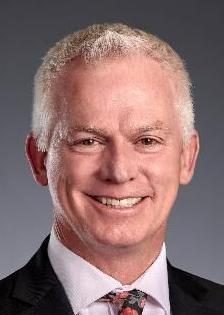
Proposal approved by all but one committee member after adding several compromises.
Be sure the read the last five paragraphs. Moscow taxpayers are screwed.
BOISE — A comprehensive property tax relief proposal is headed to the House floor in the Idaho Legislature, and its proponents said it’s a compromise with components that are all necessary. Others said it will provide relief inconsistently among counties while eliminating a crucial election date for schools.
The House Revenue and Taxation Committee on Monday sent HB 292 to the full House with only Assistant House Minority Leader Lauren Necochea, D-Boise, voting against it.
Co-sponsors Rep. Jason Monks, R-Meridian, and Sen. Scott Grow, R-Eagle, presented the bill, which uses a variety of funding sources to provide a percentage decrease on owner-occupied tax bills and sends money to school districts for bonds and levies.
Monks said while the state doesn’t set or collect property taxes, it can have an impact and residents have been asking for the Legislature to take action.
“We wanted to come up with a solution that would provide meaningful immediate tax relief as well as long-term tax relief for our property taxpayers out there,” Monks said.
In the first year, transfers from the state general fund surplus and leftovers in a fund for income tax rebates will go toward reducing tax bills, resulting in at least $205 million in relief in the first year, according to the bill’s fiscal note. The bill would also increase eligibility for what’s known as the circuit breaker, which is a tax exemption for low-income homeowners.
The relief going directly toward homeowners would be the same percentage decrease for everyone, and it would not be applied to any voter-approved local levies or bonds, Grow said.
Canyon County Controller Zach Wagoner testified that this exemption would differ among residents depending on the school district the taxpayer resides in.
“Those areas, those communities, that have supported education, have supported bonds and levies, the homeowners would get a smaller homeowners’ credit,” Wagoner said.
He also noted that the funding marked for school districts would be based on average daily attendance not on the size of the bond or levy, so some larger districts could get more funding to pay off a smaller bond.
“Potentially, it would increase the disparity between the taxpayers in those respective school districts in the amount of credit that the homeowner receives,” Wagoner said.
The funding that would go to school districts could be used in order of priority, to pay off bonds, then levies, then saved for future construction needs and lastly, for new bonds. The bill would also eliminate the March election dates for school districts to ask for bonds or levies.